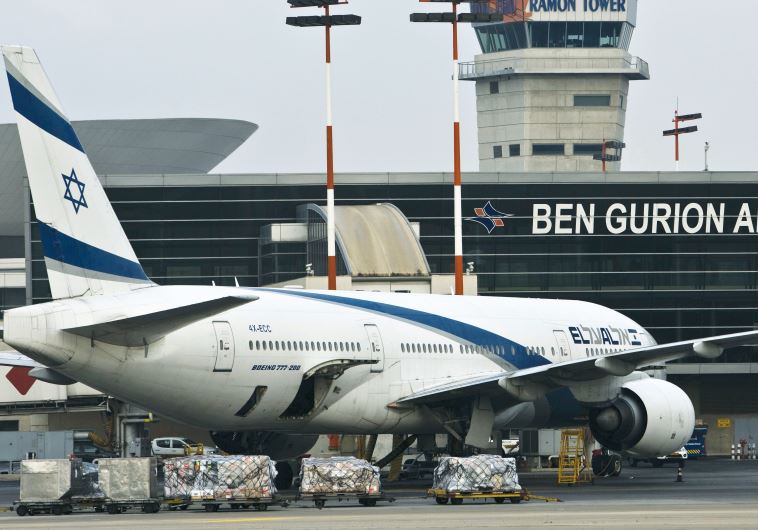Protecting Israeli civilians from enemies and mother nature
The Home Front Command is tasked with protecting and preparing civilians in Israel for war or a natural disaster.
 An El Al Boeing 777 aircraft is seen at Tel Aviv’s Ben Gurion International Airport(photo credit: NIR ELIAS/REUTERS/IDF SPOKESMAN)
An El Al Boeing 777 aircraft is seen at Tel Aviv’s Ben Gurion International Airport(photo credit: NIR ELIAS/REUTERS/IDF SPOKESMAN)